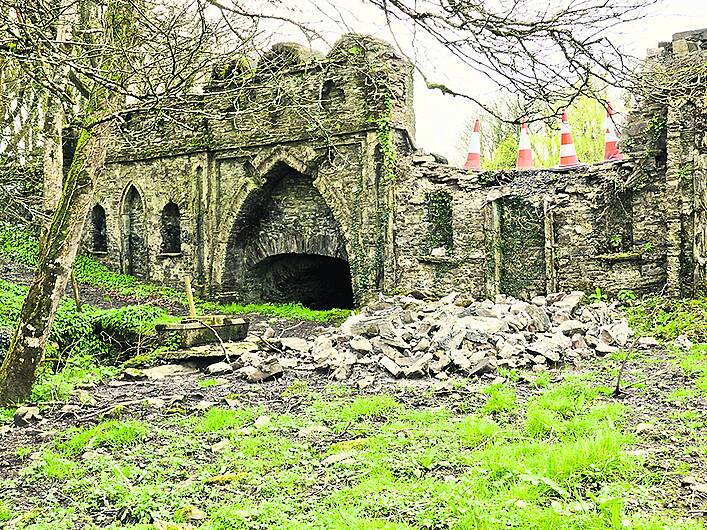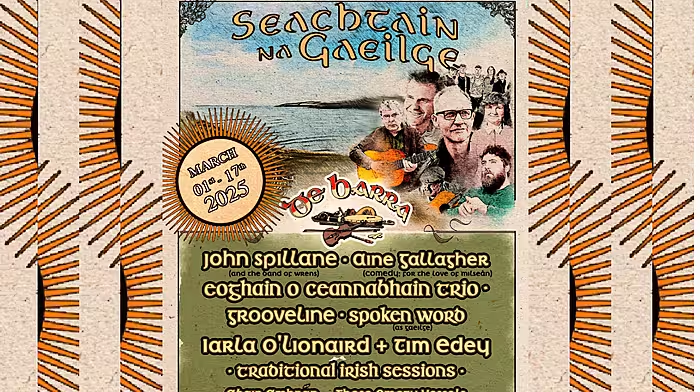Ah historic wall on the N71 at Newcourt outside Skibbereen that has been repeatedly damaged as a result of road traffic accidents is to be repaired by the County Council.
AN historic wall on the N71 at Newcourt outside Skibbereen that has been repeatedly damaged as a result of road traffic accidents is to be repaired by the County Council.
The damage caused to the 300-year-old wall was brought to the attention of the National Monuments Protection Unit, who said the work that the Council carries out will have to meet ‘necessary heritage requirements.’
The Council is to carry out the works as ‘a reactive maintenance incident’ which means it will have to take the frequent accidents at the dangerous, 90-degree bend – west of Skibbereen on the N71 Schull Road – into consideration.
West Cork-based archaeologist Finola Finlay recently described the Newcourt Bridge as ‘a hidden wonder’ in her Roaringwater Journal blog which she writes with her husband Robert Harris.
The archaeologist explained that most people might only catch a glimpse of the ornate arches on the top of the wall from the roadway, but ‘the view from the other side shows the bridge in all its splendour.’
Early ordnance survey maps show that the Newcourt Estate was bounded by the Ilen River on the east and south, and that the wall – with its decorative arches and niches – was part of a plan for a pleasure garden undertaken by Henry Tonson.
Henry’s father, Major Richard Tonson, had been given land in Co Cork in the 1660s by Charles II for his ‘distinguished exertions’ in military campaigns, and he also bought Spanish Island, off Baltimore.
When Henry bought the land on the west bank of the Ilen he called it Newcourt to distinguish it from Oldcourt across the river and set about building his home there.
The grand houses at the centre of this estate are long gone, as are the ornate gardens and the lawns that sloped down to the river.
Today, all that remains is a walled garden, several belvederes, and this portion of the bridge, which, with its elaborate facing, was deemed the crowning glory of the estate wall.
According to Finola, Peter Somerville-Large in his Coast of West Cork claimed the Newcourt Bridge was modelled on ‘the water gates at Hampton Court.’
Now, Finola and Robert – as well as the local landowners – are hoping that what remains of historical site will be properly preserved and that it may avoid further damage.








